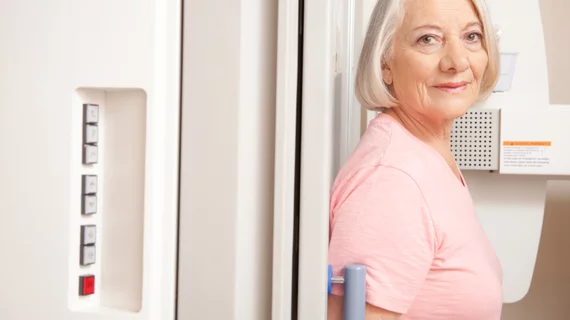DenseBreast-Info comments on FDA’s proposed MQSA changes
DenseBreast-info, Inc. (DB-I) has shared its public comments on the FDA’s proposed changes to the Mammography Quality Standards Act of 1992 (MQSA). The FDA first announced its efforts to amend the MQSA back in March.
Though the FDA is proposing several changes to the act, DB-I focused on one specific area: the move to add breast density reporting information to all summary letters sent to patients after they undergo a mammogram.
“DB-I supports the FDA in its goal to strengthen the communication of healthcare information in order to allow for more informed decision making by patients and their health providers,” according to group’s comments.
DB-I’s feedback included suggested changes to the alerts sent to patients once they undergo a mammogram. If the patient has low breast density, for example, the text suggested by DB-I reads:
Breast tissue density can be low or high. This depends on how much fat and dense tissue is present in the breast. High density tissue makes it harder to find cancer on a mammogram. Your breast tissue density is low and your breasts are not considered dense. Follow the advice in this letter, and talk to your healthcare provider about your risks for breast cancer and the recommended screening for your individual situation. It is important to continue routine screening mammograms. Risk factors can change and should be reviewed from time to time.
If the patient has high breast density, the text suggested by DB-I reads:
Breast tissue density can be low or high. This depends on how much fat and dense tissue is present in the breast. Your breast tissue density is high which makes it harder to find breast cancer on a mammogram. As a result, other imaging tests after your mammogram may be appropriate. Dense breasts are normal but do also raise the risk for getting breast cancer. Follow the advice in this letter and talk to your health care provider about high breast density, your other risk factors, and breast screening for your specific situation. It is important to continue routine screening mammograms. Breast density and other risk factors can change and should be reviewed from time to time.
In addition, since 38 states already had some form of breast density legislation in place, DB-I requested clarification on how these states should act moving forward. There are certain differences between the states that could potentially cause confusion at a later date.
The full DB-I public comments are available here.

